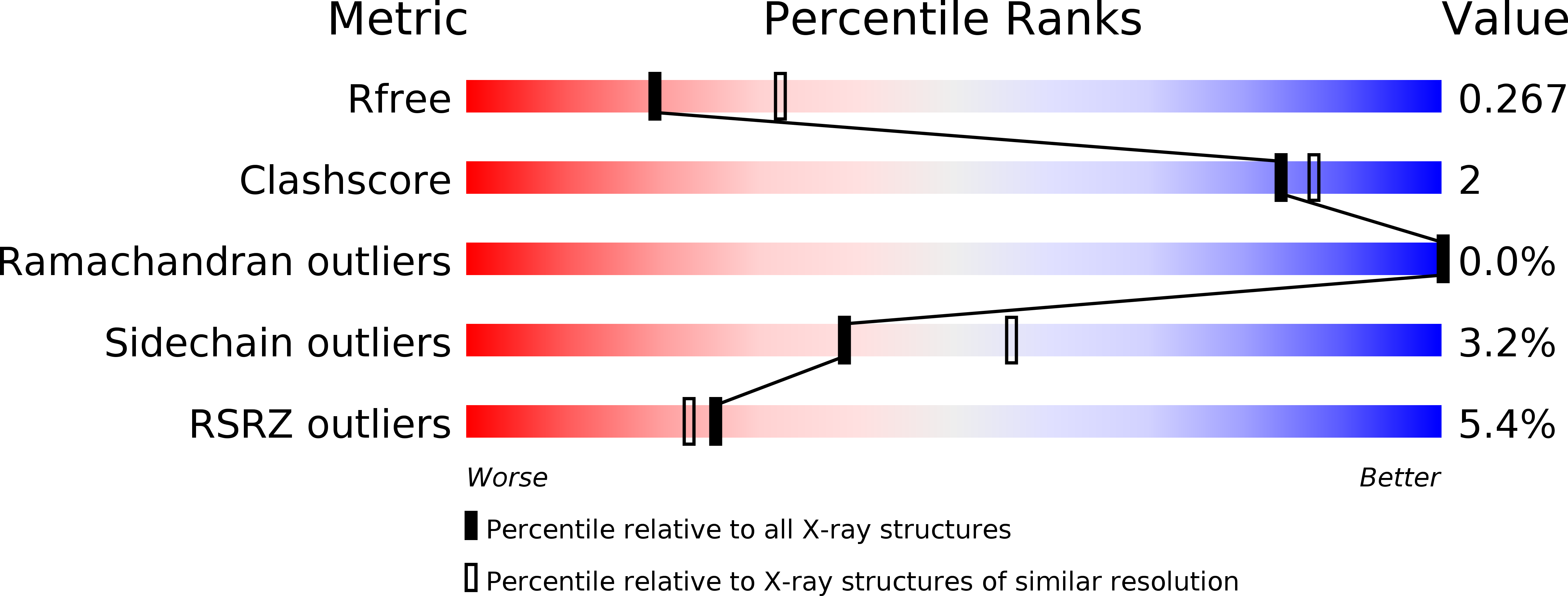
Deposition Date
2019-03-12
Release Date
2019-08-07
Last Version Date
2024-01-24
Entry Detail
PDB ID:
6R02
Keywords:
Title:
Psychrobacter arcticus ATP phosphoribosyltransferase bound to histidine and PRPP
Biological Source:
Source Organism:
Psychrobacter arcticus (Taxon ID: 334543)
Host Organism:
Method Details:
Experimental Method:
Resolution:
2.65 Å
R-Value Free:
0.27
R-Value Work:
0.23
R-Value Observed:
0.23
Space Group:
P 1 21 1


